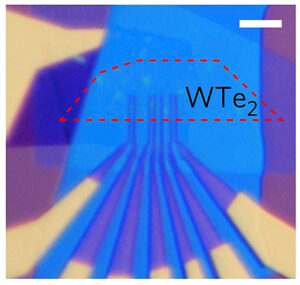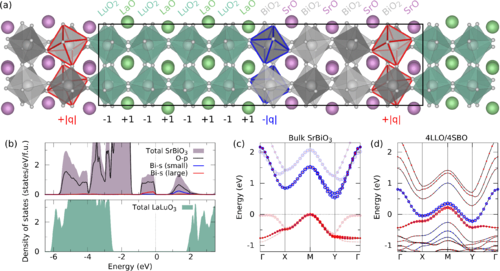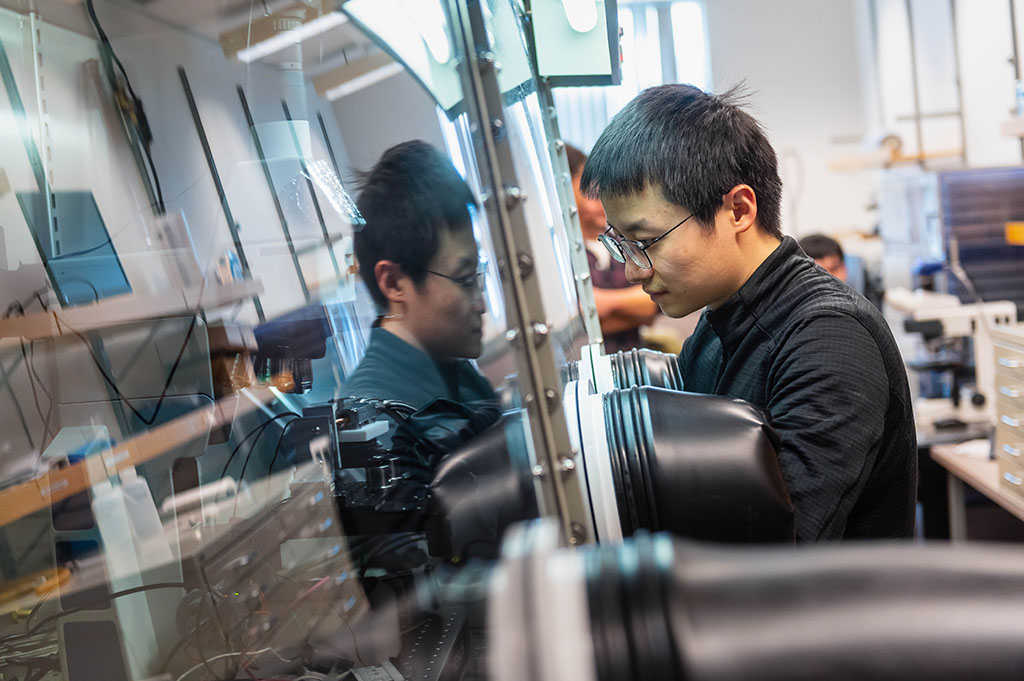Two breakthroughs in the 2000s dramatically broadened the field of 2D materials research. One was the development of methods to grow atomically perfect stacks of less common materials, leading to phenomena such as magnetism and superconductivity that are elusive in semiconductors.
The second was the discovery of graphene, single atomic layers of graphite, resulting in an explosion of work on compounds that could be exfoliated like graphene and assembled into “van der Waals” stacks. Such 2D materials offer access for engineering via a third spatial dimension, either by stacking dissimilar materials or local gating. They are also amenable to study by powerful techniques for probing surfaces since they are mostly surface.

The field of 2D materials research proliferated rapidly thanks to those two discoveries, with the development of new stacking controls such as strain and twisting of layers, and recipes to grow more exotic materials combinations. The discovery of novel phases of matter in 2D has also been fueled by ideas from Blusson QMI theorists, including Marcel Franz, Ian Affleck, George Sawatzky, and Mona Berciu, in step with our fundamental principle of quantum materials-by-design.
The 2D Grand Challenge team will bring these new ideas to fruition with an array of new experimental capabilities under development within the Institute. Ke Zou’s team has established a lab for growing atomically precise heterostructures by molecular beam epitaxy (MBE), combining growth capability for two challenging families of materials (transition metal oxides and chalcogenides) with experimental chambers where measurements can take place. In parallel, Ziliang Ye’s and Josh Folk’s groups have built a facility for exfoliating and stacking 2D materials, equipped with cutting-edge techniques to keep the Institute at the forefront of the field.
Through this Grand Challenge, we will connect these different growth capabilities with the expanding range of experimental probes being developed by Sarah Burke, Doug Bonn, David Jones, and Andrea Damascelli.
The team is aiming at three target areas:


